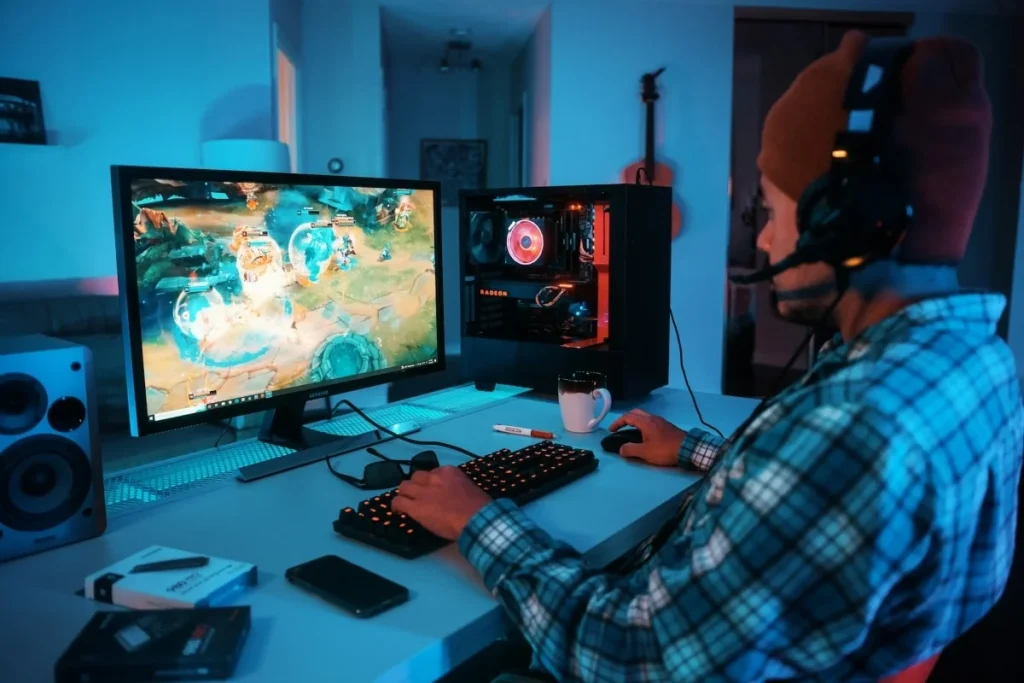If you think your favorite video game characters just popped out of nowhere, think again. Many of them started as simple 8-bit sprites on tiny screens and evolved into cultural icons we all recognize today. Behind every pixelated hero or villain, there’s a fascinating story of creativity, mistakes, and sometimes pure luck that shaped the characters we can’t stop loving.
The Birth of 8-Bit Legends
Back in the early days of gaming, hardware was limited and characters had to be tiny and simple. Mario, Sonic, and Link all started as tiny squares and lines that barely resembled humans. But despite the limitations, game designers had to convey personality, emotion, and charm with the smallest details. Those little 8-bit jumps and pixelated smiles set the foundation for decades of gaming icons.
Accidental Heroes
Some of the most beloved characters were created by accident. Maybe a programming glitch made a character jump differently, or a color choice unintentionally gave a hero a quirky look. Fans loved it, and suddenly those “mistakes” became defining traits. It’s kind of wild to think that a bug in a game could lead to a character we now celebrate worldwide.
Voice Acting and Personality
Once games moved past 8-bit graphics, characters began speaking, singing, or grunting in ways that gave them real personality. Voice actors added layers of humor, sarcasm, or emotion, making these digital beings feel more alive than ever. Some of the best performances came from actors improvising lines or reacting to glitches in funny ways, and those moments often became permanent in the game.
Cultural Influence
Video game characters don’t just stay in games—they influence fashion, movies, memes, and even music. Think of cosplay, merchandise, or viral TikTok trends based on character moves or expressions. Designers knew they were creating something more than just gameplay; they were creating icons that could cross cultural boundaries and generations.
Evolving Designs
As technology improved, characters evolved from pixelated squares to fully realized 3D models with intricate details. Their costumes, expressions, and animations became more realistic, but designers kept the core traits that made fans fall in love in the first place. That’s why a modern Link or Mario still feels like the same character we grew up with, even after decades.
Secret Origins
Many characters have hidden backstories, easter eggs, or inspirations that fans might not know about. Some were influenced by mythology, comics, or even personal experiences of the game designers. Those little details add depth and make the characters feel like living entities with stories beyond the screen.
Why It Matters
Understanding the journey of video game characters gives us a new appreciation for them. From humble 8-bit beginnings to global icons, every pixel, line of code, and creative choice shaped who they are today. These characters aren’t just part of games—they’re a huge part of pop culture, nostalgia, and even our daily lives.
Video game characters have come a long way, and their stories are as epic as the games they star in. Next time you play a classic or a modern favorite, remember there’s a hidden history behind every jump, attack, and smile—and it’s way more fascinating than you probably realized.



